当前位置:网站首页>Heap (priority queue) topic
Heap (priority queue) topic
2022-07-06 09:12:00 【NP_ hard】
List of articles
problem Ⅰ
451. Sort Characters By Frequency
Given a string s, sort it in decreasing order based on the frequency of the characters. The frequency of a character is the number of times it appears in the string.
Return the sorted string. If there are multiple answers, return any of them.
Example 1:
Input: s = "tree"
Output: "eert"
Explanation: 'e' appears twice while 'r' and 't' both appear once.
So 'e' must appear before both 'r' and 't'. Therefore "eetr" is also a valid answer.
Example 2:
Input: s = "cccaaa"
Output: "aaaccc"
Explanation: Both 'c' and 'a' appear three times, so both "cccaaa" and "aaaccc" are valid answers.
Note that "cacaca" is incorrect, as the same characters must be together.
Example 3:
Input: s = "Aabb"
Output: "bbAa"
Explanation: "bbaA" is also a valid answer, but "Aabb" is incorrect.
Note that 'A' and 'a' are treated as two different characters.
solution 1 hashmap and priority queue
class Solution {
public:
string frequencySort(string s) {
priority_queue<pair<int, char>> pq;
unordered_map<char, int> maps;
string res = "";
for(auto it : s)
maps[it]++;
for(auto it : maps)
pq.push({
it.second, it.first});
while(!pq.empty()){
for(int i=0; i<pq.top().first; i++)
res.push_back(pq.top().second);
pq.pop();
}
return res;
}
};

solution 2 bucket
class Solution {
public:
string frequencySort(string s) {
unordered_map<char, int> maps;
string res = "";
for(auto it : s) maps[it]++;
vector<vector<char>> bucket(s.size()+1);
for(auto it : maps)
bucket[it.second].push_back(it.first);
for(int i=s.size(); i>=1; i--){
for(auto charc : bucket[i])
res += string(i, charc);
}
return res;
}
};
problem Ⅱ
973. K Closest Points to Origin
Given an array of points where points[i] = [xi, yi] represents a point on the X-Y plane and an integer k, return the k closest points to the origin (0, 0).
The distance between two points on the X-Y plane is the Euclidean distance (i.e., √(x1 - x2)2 + (y1 - y2)2).
You may return the answer in any order. The answer is guaranteed to be unique (except for the order that it is in).
Example 1: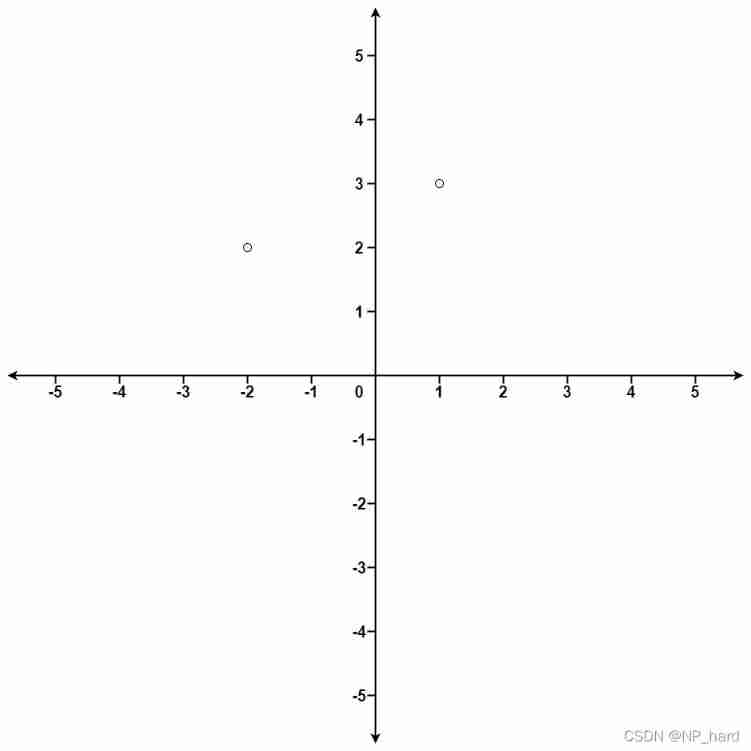
Input: points = [[1,3],[-2,2]], k = 1
Output: [[-2,2]]
Explanation:
The distance between (1, 3) and the origin is sqrt(10).
The distance between (-2, 2) and the origin is sqrt(8).
Since sqrt(8) < sqrt(10), (-2, 2) is closer to the origin.
We only want the closest k = 1 points from the origin, so the answer is just [[-2,2]].
Example 2:
Input: points = [[3,3],[5,-1],[-2,4]], k = 2
Output: [[3,3],[-2,4]]
Explanation: The answer [[-2,4],[3,3]] would also be accepted.
my solution 1 max priority queue
class Solution {
public:
vector<vector<int>> kClosest(vector<vector<int>>& points, int k) {
priority_queue<pair<int, int>> pq;
for(int i=0; i<points.size(); i++){
int ans = pow(points[i][0],2)+pow(points[i][1], 2);
pq.push({
ans, i});
while(pq.size() > k) pq.pop();
}
vector<vector<int>> res;
while(!pq.empty()){
res.push_back(points[pq.top().second]);
pq.pop();
}
return res;
}
};

NOTE :time complexity : O ( n l o g k ) O(nlogk) O(nlogk)space complexity : O ( k ) O(k) O(k)
solution 2 sort
class Solution {
public:
int dis(vector<int>& point) {
return point[0] * point[0] + point[1] * point[1];
}
vector<vector<int>> kClosest(vector<vector<int>>& points, int k) {
sort(points.begin(), points.end(), [&](vector<int>& a, vector<int>& b) {
return dis(a) < dis(b);
});
return vector<vector<int>>(points.begin(), points.begin() + k);
}
};

NOTE :time complexity : O ( n l o g n ) O(nlogn) O(nlogn)space complexity : O ( l o g n ) t o O ( n ) O(logn)\ to\ O(n) O(logn) to O(n)
great solution 1 binary search
class Solution {
public:
vector<vector<int>> kClosest(vector<vector<int>>& points, int k) {
// Precompute the Euclidean distance for each point,
// define the initial binary search range,
// and create a reference list of point indices
vector<double> distances;
vector<int> remaining;
double low = 0, high = 0;
for (int i = 0; i < points.size(); i++) {
distances.push_back(euclideanDistance(points[i]));
high = max(high, distances[i]);
remaining.push_back(i);
}
// Perform a binary search of the distances
// to find the k closest points
vector<int> closest;
while (k) {
double mid = low + (high - low) / 2;
vector<vector<int>> result = splitDistances(remaining, distances, mid);
vector<int>& closer = result[0];
vector<int>& farther = result[1];
if (closer.size() > k) {
// If more than k points are in the closer distances
// then discard the farther points and continue
remaining.swap(closer);
high = mid;
} else {
// Add the closer points to the answer array and keep
// searching the farther distances for the remaining points
k -= closer.size();
closest.insert(closest.end(), closer.begin(), closer.end());
remaining.swap(farther);
low = mid;
}
}
// Return the k closest points using the reference indices
vector<vector<int>> answer;
for (int index : closest) {
answer.push_back(points[index]);
}
return answer;
}
private:
vector<vector<int>> splitDistances(vector<int>& remaining, vector<double>& distances,
double mid) {
// Split the distances around the midpoint
// and return them in separate vectors
vector<vector<int>> result(2);
vector<int> &closer = result[0], &farther = result[1];
for (int index : remaining) {
if (distances[index] <= mid) {
closer.push_back(index);
} else {
farther.push_back(index);
}
}
return result;
}
double euclideanDistance(vector<int>& point) {
// Calculate and return the squared Euclidean distance
return point[0] * point[0] + point[1] * point[1];
}
};
NOTE :time complexity : O ( n ) O(n) O(n)space complexity : O ( n ) O(n) O(n)
great solution 2 quick select
class Solution {
public:
vector<vector<int>> kClosest(vector<vector<int>>& points, int k) {
return quickSelect(points, k);
}
private:
vector<vector<int>> quickSelect(vector<vector<int>>& points, int k) {
int left = 0, right = points.size() - 1;
int pivotIndex = points.size();
while (pivotIndex != k) {
// Repeatedly partition the vector
// while narrowing in on the kth element
pivotIndex = partition(points, left, right);
if (pivotIndex < k) {
left = pivotIndex;
} else {
right = pivotIndex - 1;
}
}
// Return the first k elements of the partially sorted vector
return vector<vector<int>>(points.begin(), points.begin() + k);
};
int partition(vector<vector<int>>& points, int left, int right) {
vector<int>& pivot = choosePivot(points, left, right);
int pivotDist = squaredDistance(pivot);
while (left < right) {
// Iterate through the range and swap elements to make sure
// that all points closer than the pivot are to the left
if (squaredDistance(points[left]) >= pivotDist) {
points[left].swap(points[right]);
right--;
} else {
left++;
}
}
// Ensure the left pointer is just past the end of
// the left range then return it as the new pivotIndex
if (squaredDistance(points[left]) < pivotDist)
left++;
return left;
};
vector<int>& choosePivot(vector<vector<int>>& points, int left, int right) {
// Choose a pivot element of the vector
return points[left + (right - left) / 2];
}
int squaredDistance(vector<int>& point) {
// Calculate and return the squared Euclidean distance
return point[0] * point[0] + point[1] * point[1];
}
};
NOTE :time complexity : O ( n ) O(n) O(n)space complexity : O ( 1 ) O(1) O(1)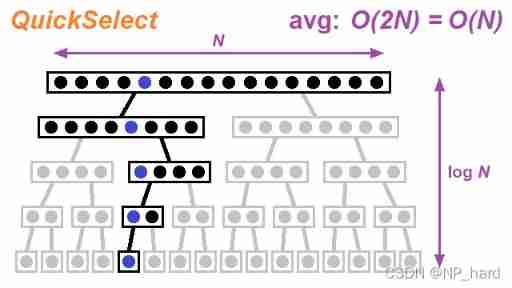
边栏推荐
- [OC-Foundation框架]--<Copy对象复制>
- Intel distiller Toolkit - Quantitative implementation 1
- 力扣每日一题(二)
- Intel Distiller工具包-量化实现3
- 自定义卷积注意力算子的CUDA实现
- Intel distiller Toolkit - Quantitative implementation 2
- [MySQL] limit implements paging
- BN折叠及其量化
- CSP salary calculation
- Advanced Computer Network Review(4)——Congestion Control of MPTCP
猜你喜欢

什么是MySQL?MySql的学习之路是怎样的

A convolution substitution of attention mechanism

Ijcai2022 collection of papers (continuously updated)
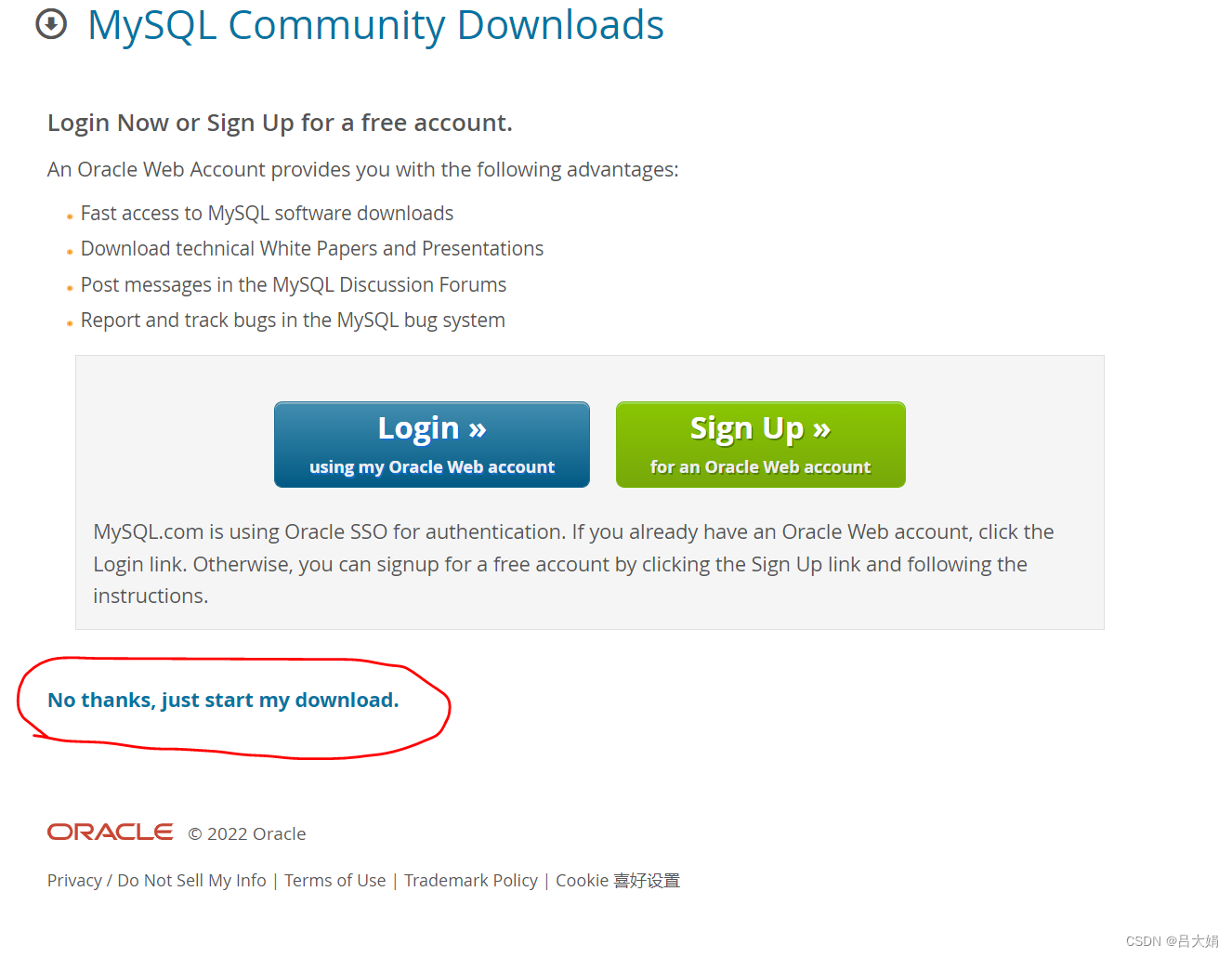
MYSQL卸载方法与安装方法

Chapter 1 :Application of Artificial intelligence in Drug Design:Opportunity and Challenges
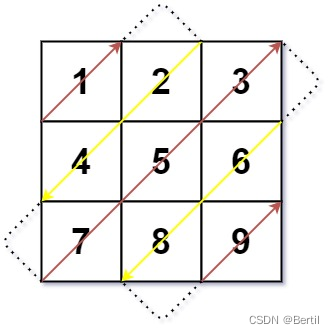
LeetCode:498. Diagonal traversal

注意力机制的一种卷积替代方式

QML type: locale, date
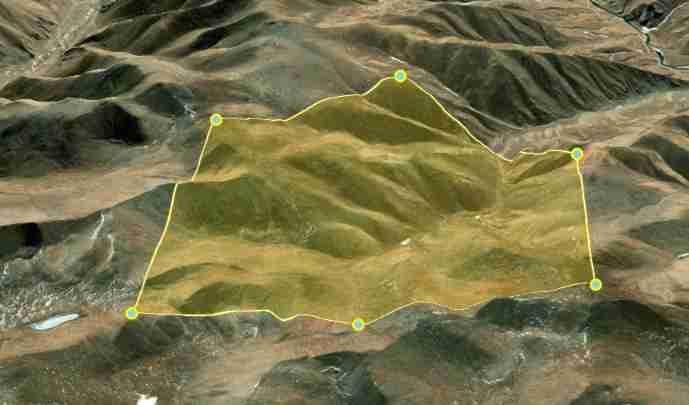
Cesium draw points, lines, and faces
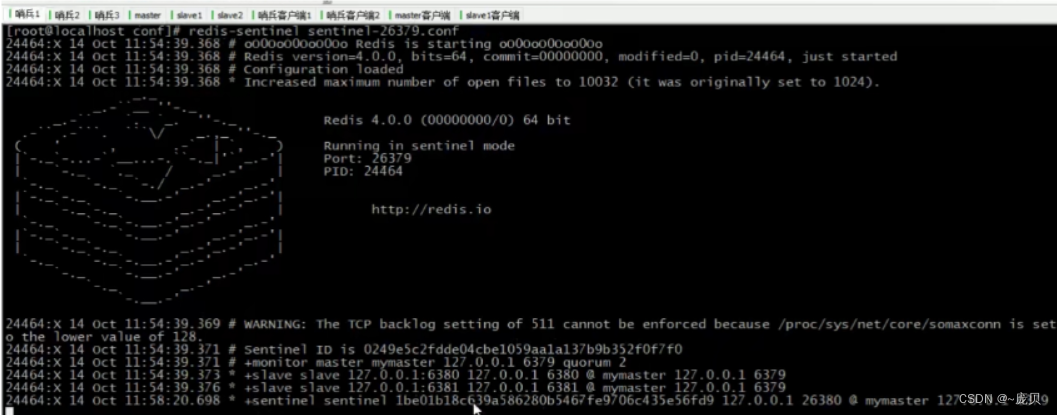
Redis之哨兵模式
随机推荐
Redis之Bitmap
CUDA实现focal_loss
What is an R-value reference and what is the difference between it and an l-value?
Export IEEE document format using latex
Advanced Computer Network Review(3)——BBR
Notes 01
BN折叠及其量化
[OC]-<UI入门>--常用控件-提示对话框 And 等待提示器(圈)
LeetCode:673. Number of longest increasing subsequences
LeetCode:387. The first unique character in the string
[OC foundation framework] - [set array]
Pytest's collection use case rules and running specified use cases
一篇文章带你了解-selenium工作原理详解
ant-design的走马灯(Carousel)组件在TS(typescript)环境中调用prev以及next方法
[today in history] February 13: the father of transistors was born The 20th anniversary of net; Agile software development manifesto was born
An article takes you to understand the working principle of selenium in detail
[text generation] recommended in the collection of papers - Stanford researchers introduce time control methods to make long text generation more smooth
MySQL uninstallation and installation methods
AcWing 2456. 记事本
Problems encountered in connecting the database of the project and their solutions